

Articles
How To Store Cabernet Sauvignon After Opening
Modified: February 28, 2024
Discover the best way to store Cabernet Sauvignon after opening with our informative articles. Keep your wine fresh and flavorful for longer with these expert tips.
(Many of the links in this article redirect to a specific reviewed product. Your purchase of these products through affiliate links helps to generate commission for Storables.com, at no extra cost. Learn more)
Introduction
Welcome to the world of Cabernet Sauvignon, one of the most popular and revered red wine varietals. Whether you are a wine enthusiast or a casual drinker, learning how to properly store Cabernet Sauvignon after opening is essential to ensure the wine maintains its quality and taste over time. In this article, we will explore the various factors to consider before opening a bottle of Cabernet Sauvignon and the steps you can take to store it effectively.
Cabernet Sauvignon is known for its bold flavors, rich tannins, and aging potential. Unlike white wines, which are often consumed shortly after opening, red wines like Cabernet Sauvignon can be enjoyed over multiple sittings. However, to preserve the wine’s taste and prevent oxidation, it’s important to store it properly after each use.
By understanding the unique characteristics of Cabernet Sauvignon and following a few simple storage guidelines, you can ensure that every glass retains the wine’s distinct flavors and aromas, even days or weeks after opening.
Key Takeaways:
- Properly storing opened Cabernet Sauvignon is crucial for preserving its flavors and aromas. Factors like age, vintage, and storage conditions impact shelf life. Use re-corking techniques and alternative storage options to extend enjoyment.
- Consider using wine preservers, vacuum pumps, or refrigeration to prolong the freshness of opened Cabernet Sauvignon. Maximize shelf life by controlling temperature, minimizing oxygen exposure, and avoiding strong odors. Enjoy the wine over multiple sittings with proper storage techniques.
Read more: How To Store Cabernet Sauvignon
Understanding Cabernet Sauvignon
Before diving into the specifics of how to store Cabernet Sauvignon after opening, let’s take a moment to appreciate the key characteristics of this popular red wine varietal.
Cabernet Sauvignon is a full-bodied red wine that originated in the Bordeaux region of France. It is made primarily from the Cabernet Sauvignon grape, known for its thick skin and high tannin levels. This grape variety thrives in a variety of climates, resulting in different flavor profiles and styles across different regions.
In general, Cabernet Sauvignon exhibits flavors of blackcurrant, black cherry, and plum, often accompanied by hints of tobacco, cedar, and vanilla. It is known for its firm tannins, which give the wine structure and longevity. This means that Cabernet Sauvignon can benefit from aging and can develop complex flavors and aromas over time.
When it comes to serving temperature, Cabernet Sauvignon is best enjoyed slightly below room temperature, around 60-65°F (15-18°C). This allows the wine to express its full range of flavors and aromas. It is also important to decant the wine before serving to separate any sediment and enhance the wine’s aromatics.
Now that we have a basic understanding of Cabernet Sauvignon, let’s move on to the factors to consider before opening a bottle.
Factors to Consider Before Opening
Before popping the cork on a bottle of Cabernet Sauvignon, there are a few factors to consider that can help optimize the wine’s storage and preservation:
- Age of the Wine: The age of the Cabernet Sauvignon can influence how it should be handled and stored after opening. Older wines tend to be more delicate and sensitive to oxygen exposure, so they may require more careful storage to maintain their quality.
- Vintage: The specific vintage of the wine can also impact how it should be stored. Some vintages may have better aging potential and can withstand exposure to oxygen for longer periods, while others may be more fragile.
- Bottle Size: The size of the bottle can affect the rate of oxidation. Smaller bottles, such as half bottles or splits, have a higher surface-to-volume ratio, which means they will oxidize more quickly once opened. Larger bottles, such as magnums, generally preserve the wine better due to the reduced oxygen exposure.
- Screw Cap vs. Cork: While most Cabernet Sauvignon bottles use traditional corks, some wineries are opting for screw caps as an alternative closure. Screw caps provide a more airtight seal, which can help preserve the wine’s freshness. However, if you’re dealing with a cork-sealed bottle, proper re-corking techniques are essential to maintain the wine’s quality.
- Storage Conditions: The way the wine has been stored before opening can also impact its shelf life after opening. If the wine has been stored in a cool, dark, and stable environment, it is likely to have better preservation potential. However, if it has been exposed to excessive heat or fluctuating temperatures, its quality may already be compromised.
By taking these factors into consideration, you can make informed decisions about how to handle and store your Cabernet Sauvignon after opening. Let’s now explore the steps you can take to effectively store the wine.
Steps to Store Cabernet Sauvignon After Opening
Once you’ve enjoyed a glass or two of Cabernet Sauvignon, it’s time to think about how to store the remaining wine to maintain its quality. Follow these steps to store Cabernet Sauvignon after opening:
- Recork the Bottle: Immediately after pouring the desired amount of wine, securely reseal the bottle with the original cork. Make sure it is inserted properly and tightly to minimize oxygen exposure.
- Store in a Cool Place: Find a cool and dark location to store the resealed bottle. Heat and light can degrade the wine and accelerate oxidation, so avoid storing it near appliances or in direct sunlight.
- Keep the Bottle Upright: Unlike unopened wine bottles, which are typically stored on their side to keep the cork moist, storing an opened bottle of Cabernet Sauvignon upright can help minimize the surface area exposed to oxygen. This reduces the risk of premature spoilage.
- Monitor the Temperature: It’s crucial to maintain a consistent temperature for the stored wine. Ideally, the temperature should remain between 55-65°F (12-18°C) to slow down the aging process and preserve the flavors. Avoid storing the bottle in areas with large temperature fluctuations.
- Minimize Oxygen Exposure: Whenever you open the bottle to pour more wine, do so quickly and efficiently to minimize the wine’s exposure to oxygen. This means avoiding prolonged periods with the bottle uncorked.
Following these steps will help extend the shelf life of your opened bottle of Cabernet Sauvignon. However, if you want to take extra precautions, there are additional storage options you can consider.
Using a Wine Preserver or Vacuum Pump
If you’re looking to extend the shelf life of your opened bottle of Cabernet Sauvignon even further, using a wine preserver or vacuum pump can be a great option. These tools help remove excess air from the bottle, slowing down the oxidation process and preserving the wine’s quality.
A wine preserver typically works by injecting an inert gas, such as argon or nitrogen, into the bottle. This gas forms a protective barrier on top of the wine, preventing oxygen from coming into contact with the liquid. As a result, the wine stays fresh and flavorful for a longer period.
To use a wine preserver, simply insert the nozzle into the bottle and spray the gas for a few seconds. Then, quickly reseal the bottle with the original cork or a wine stopper. This method can effectively prolong the shelf life of your Cabernet Sauvignon, allowing you to enjoy it over several days or even weeks.
Alternatively, you can opt for a vacuum pump, which removes air from the bottle to create a vacuum seal. To use a vacuum pump, place the stopper over the bottle opening and pump the air out using the handle or button provided. Once the desired vacuum is achieved, the stopper creates an airtight seal, reducing the wine’s exposure to oxygen.
Both wine preservers and vacuum pumps are handy tools for avid wine drinkers who enjoy savoring their favorite Cabernet Sauvignon over multiple occasions. They are easy to use and relatively inexpensive, providing an effective solution to extend the freshness of opened bottles.
Keep in mind that while wine preservers and vacuum pumps can significantly slow down oxidation, they do not indefinitely preserve the wine. Eventually, even with these tools, the wine may still deteriorate over time. However, they can certainly buy you a few extra days or weeks of enjoyable drinking before the wine starts to lose its charm.
Now that you’re familiar with the wine preserver and vacuum pump options, let’s explore other techniques for re-corking and refrigerating your Cabernet Sauvignon.
Store opened Cabernet Sauvignon in a cool, dark place with a cork or wine stopper to prevent oxidation. If possible, use a vacuum pump to remove excess air from the bottle before resealing. Refrigerate if not finishing within a few days.
Read more: How To Store Velveeta After Opening
Re-Corking Techniques
Proper re-corking techniques are essential to maintaining the quality and integrity of your opened bottle of Cabernet Sauvignon. Here are some tips to ensure a secure and airtight seal:
- Remove the Original Cork: Carefully remove the original cork from the bottle, ensuring that no cork particles fall into the wine.
- Inspect the Cork: Examine the cork to ensure it is clean and free from any mold or damage. If the cork shows signs of deterioration or has an off smell, consider using a new cork or alternative sealing methods.
- Wipe the Neck of the Bottle: Use a clean, dry cloth to wipe the neck of the bottle, removing any excess wine or debris. This step helps prevent contamination and ensures a proper seal.
- Reinsert the Cork: Gently insert the cork back into the bottle, applying even pressure. Be sure to push the cork in as far as it will go, creating a snug fit.
- Cork Storage Options: If the original cork is damaged or you prefer a different sealing method, alternative options include using silicone stoppers or wine bottle vacuum sealers. These options provide a tight seal and can be easily removed and resealed as needed.
- Label and Date the Bottle: To keep track of the wine’s storage time, consider labeling the bottle with the date it was originally opened. This allows you to monitor its freshness and determine when it’s time to consume the remaining wine.
Remember, proper re-corking is crucial in minimizing oxygen exposure and preserving the flavors and aromas of your Cabernet Sauvignon. By following these techniques, you can confidently store your opened bottle and continue to enjoy its qualities over time.
Now that we’ve covered re-corking techniques, let’s dive into the option of refrigerating your Cabernet Sauvignon.
Storing in the Refrigerator
If you find yourself unable to finish a bottle of opened Cabernet Sauvignon within a few days, storing it in the refrigerator can help prolong its freshness. However, it’s important to note that refrigeration is not the best long-term storage solution for red wines, as the cool temperature can alter the wine’s flavors and aromas. Nonetheless, if you plan to consume the remaining wine within a week or two, refrigeration can be a viable option.
Here are some tips for storing Cabernet Sauvignon in the refrigerator:
- Recork the Bottle: Ensure the bottle is tightly recorked or sealed with an airtight wine stopper to minimize oxygen exposure.
- Choose the Right Temperature: Set your refrigerator to a temperature range of 40-55°F (4-13°C) to keep the wine cool, but be mindful that temperatures below 40°F (4°C) may start to affect the wine’s characteristics.
- Store Vertically: Place the bottle upright in the refrigerator to reduce the surface area of the wine exposed to air. This decreases the oxidation rate and helps preserve the wine’s quality.
- Protect from Strong Odors: Keep the wine away from strong-smelling foods or items in the refrigerator, as wines can absorb odors easily.
- Allow the Wine to Warm Up: Before serving, allow the refrigerated Cabernet Sauvignon to warm up to the ideal drinking temperature of around 60-65°F (15-18°C). This helps the wine express its full flavors and aromas.
- Consume Promptly: Remember that refrigeration is not a long-term storage solution for red wines. It’s best to consume the refrigerated Cabernet Sauvignon within a week or two to maintain its optimal taste.
While refrigeration can help extend the shelf life of an opened bottle, it’s important to note that chilling the wine for too long may negatively impact its flavor profile. Therefore, it is recommended to consume refrigerated Cabernet Sauvignon within a reasonable time frame to fully enjoy its characteristics.
Now that we’ve explored refrigeration as an option, let’s delve into other storage alternatives for your opened bottle of Cabernet Sauvignon.
Other Storage Options
While re-corking and refrigeration are common methods for storing opened bottles of Cabernet Sauvignon, there are a few other storage options you can consider:
- Wine Bottle Stopper: Invest in a high-quality wine bottle stopper, specifically designed to create an airtight seal. These stoppers help minimize oxygen exposure, preserving the wine’s taste and aroma. Look for stoppers made from materials like silicone or stainless steel for optimal sealing.
- Wine Saver Pump: Utilize a wine saver pump, which extracts air from the bottle and creates a vacuum seal. By reducing the presence of oxygen, these pumps can help maintain the freshness of your Cabernet Sauvignon for a longer period. Simply attach the pump to the bottle, pump out the air, and reseal with a stopper.
- Decant the Wine: If you have a larger quantity of wine left in the bottle, consider transferring it to a smaller, appropriately sized container. This reduces the surface area exposed to oxygen and helps preserve the wine’s freshness. Make sure the container is properly cleaned and airtight.
- Wine Dispenser Systems: For serious wine enthusiasts, wine dispenser systems are an excellent investment. These systems use argon or nitrogen gas to protect the wine from oxidation while allowing you to pour a glass without removing the bottle from the system. This keeps the remaining wine in optimal condition for an extended period.
- Half-Bottles: If you often struggle to finish a full bottle of Cabernet Sauvignon, consider purchasing half-bottles (375ml) instead. These smaller bottles reduce waste and guarantee a fresh glass of wine with each serving.
By utilizing these alternative storage options, you can further extend the shelf life of your opened bottle of Cabernet Sauvignon and ensure that each glass is as enjoyable as the first.
Now that we’ve covered various storage options, let’s explore some additional tips for maximizing the shelf life of your opened Cabernet Sauvignon.
Tips for Maximizing Shelf Life
To maximize the shelf life of your opened bottle of Cabernet Sauvignon and ensure that it retains its optimal taste and quality, keep these tips in mind:
- Store in a Cool and Dark Place: Find a storage location that is away from heat sources and sunlight. Exposure to excessive heat and light can accelerate the wine’s aging process and affect its flavors.
- Minimize Oxygen Exposure: Oxidation is the enemy of wine, so it’s crucial to minimize its exposure to air. Re-seal the bottle tightly with the original cork or a quality wine stopper, and avoid prolonged periods with the bottle uncorked.
- Control Temperature Fluctuations: Consistency in temperature is important for preserving the wine’s flavors. Avoid storing the wine in areas that experience frequent temperature fluctuations, as this can negatively impact its taste.
- Avoid Vibrations: Vibrations can disturb the sediment in the wine and affect its overall quality. Store the bottle in a location where it is unlikely to be disturbed by frequent vibrations.
- Keep Away from Strong Odors: Cabernet Sauvignon can easily absorb strong odors. Keep it away from pungent foods, cleaning products, or any other items with strong aromas that could affect the wine’s taste.
- Monitor Storage Time: Opened bottles of Cabernet Sauvignon generally have a lifespan of three to five days, but this can vary depending on factors such as the age of the wine, vintage, and storage conditions. It’s important to monitor the storage time and consume the wine within a reasonable period.
- Use Wine Markers: Keeping track of the date the bottle was opened can help you gauge its freshness. Use wine markers or labels to note the opening date on the bottle, allowing you to keep track of how long the wine has been stored.
By following these tips, you can significantly extend the shelf life of your opened bottle of Cabernet Sauvignon and continue to enjoy its flavors and aromas long after the first pour.
Now that we’ve discussed various tips for maximizing shelf life, let’s wrap up this article.
Read more: How To Store Capers After Opening
Conclusion
Properly storing an opened bottle of Cabernet Sauvignon is essential to preserve its quality and ensure you can enjoy it over multiple sittings. By understanding the factors that influence storage and following the right techniques, you can extend the shelf life of your wine and maintain its distinct flavors and aromas.
Before opening a bottle, consider factors such as the age of the wine, vintage, bottle size, and storage conditions. These elements will help you make informed decisions about handling and storing your Cabernet Sauvignon.
After opening, re-cork the bottle tightly and store it in a cool, dark place. If you want to further prolong the wine’s freshness, you can use a wine preserver or vacuum pump to minimize oxygen exposure. Alternatively, refrigerating the bottle is a viable option if you plan to consume it within a week or two.
Other storage options include using wine bottle stoppers, wine saver pumps, or transferring the remaining wine to smaller containers. Investing in a wine dispenser system or purchasing half-bottles can also reduce waste and ensure every glass is as enjoyable as the first.
Maximize the shelf life of your opened Cabernet Sauvignon by keeping it in a cool and dark place, minimizing oxygen exposure, controlling temperature fluctuations, and avoiding strong odors. Don’t forget to monitor the storage time and consume the wine within a reasonable period.
By following these guidelines and tips, you can savor the unique flavors and complexities of your opened bottle of Cabernet Sauvignon, creating a delightful drinking experience that can be enjoyed over time.
Frequently Asked Questions about How To Store Cabernet Sauvignon After Opening
Was this page helpful?
At Storables.com, we guarantee accurate and reliable information. Our content, validated by Expert Board Contributors, is crafted following stringent Editorial Policies. We're committed to providing you with well-researched, expert-backed insights for all your informational needs.
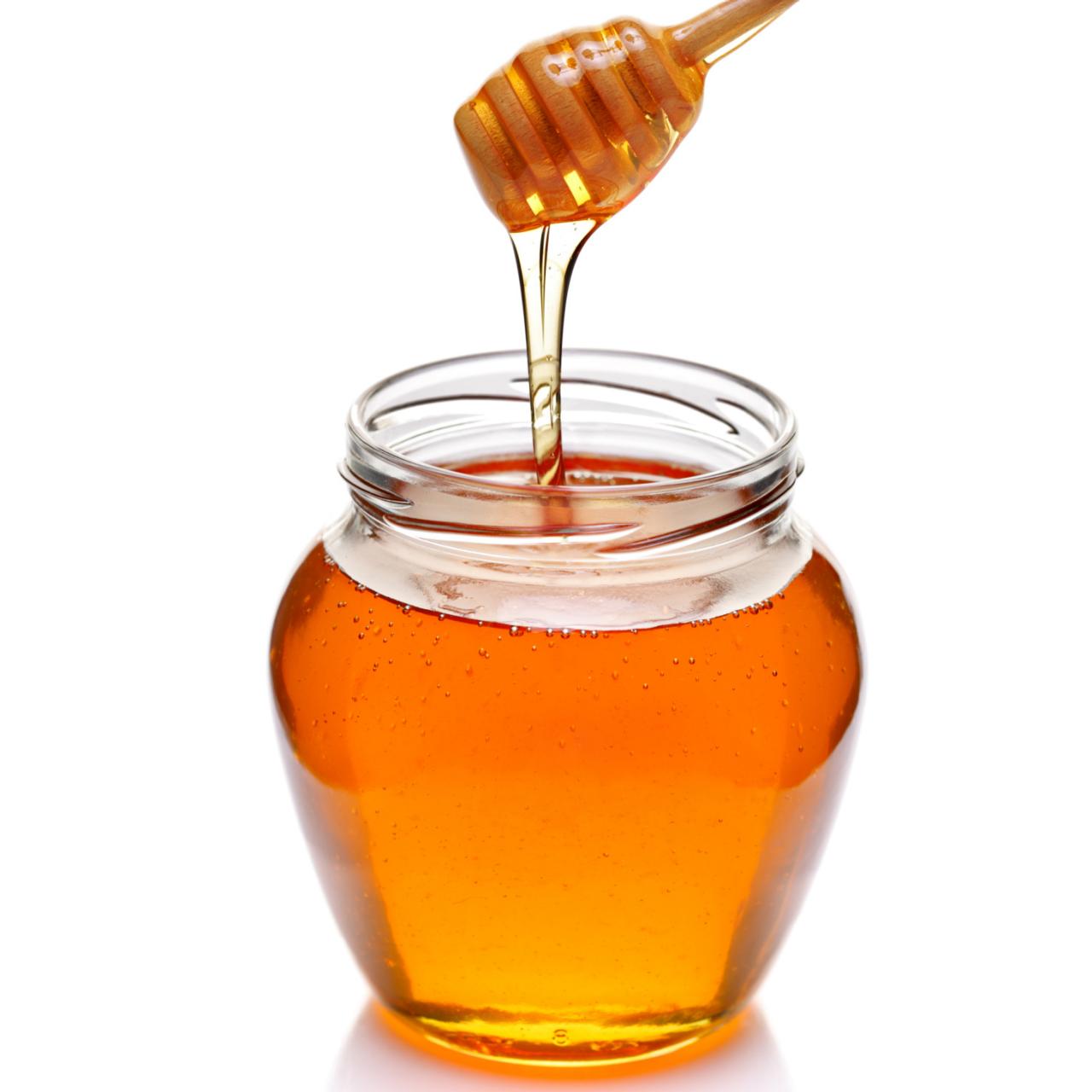
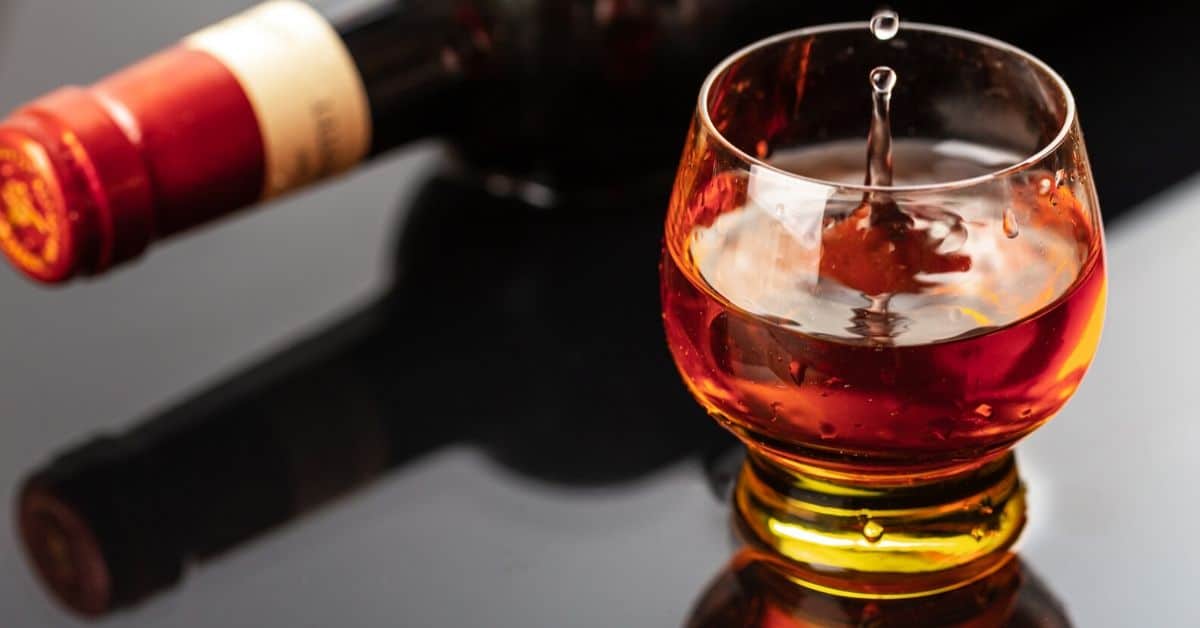
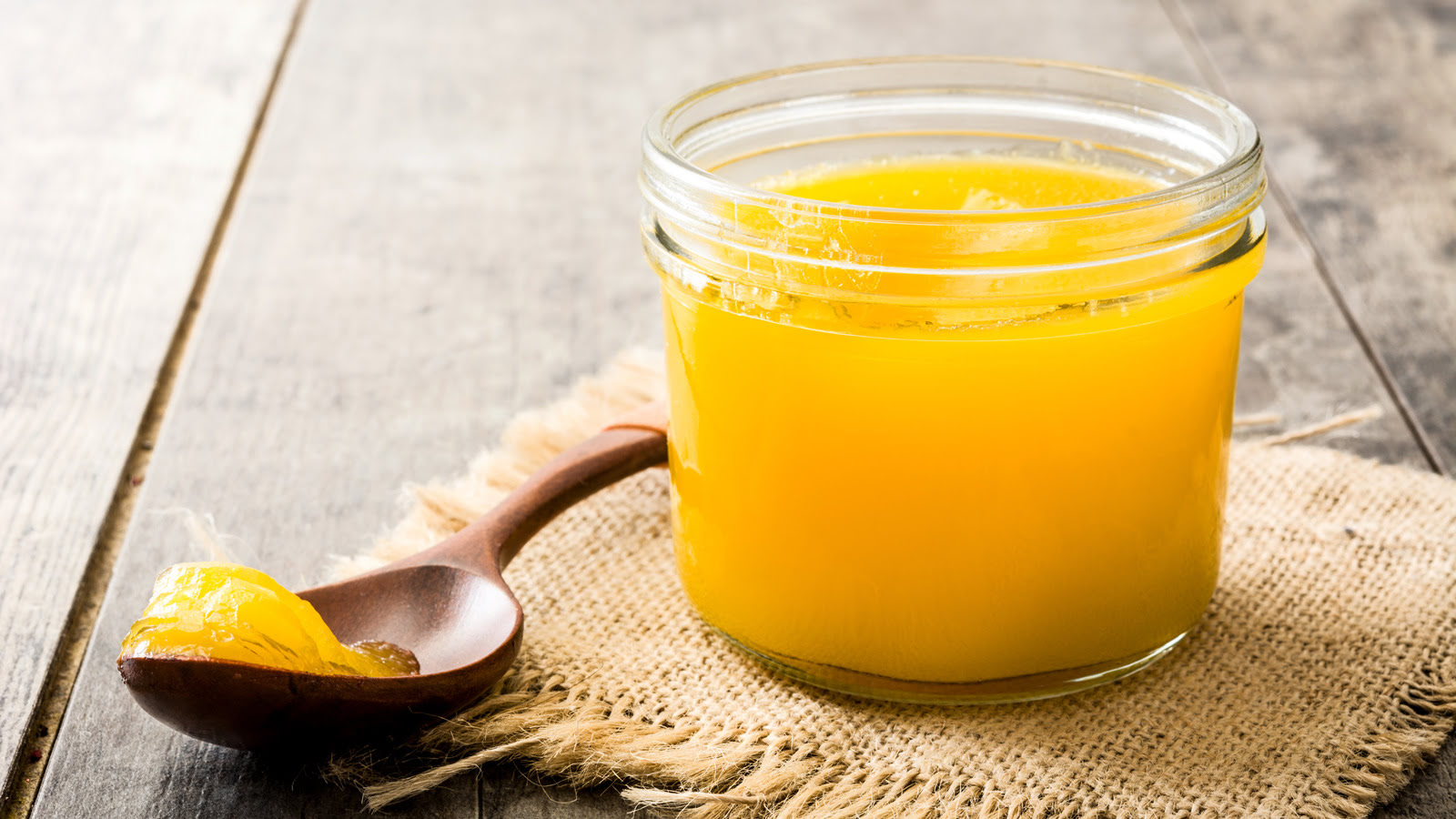
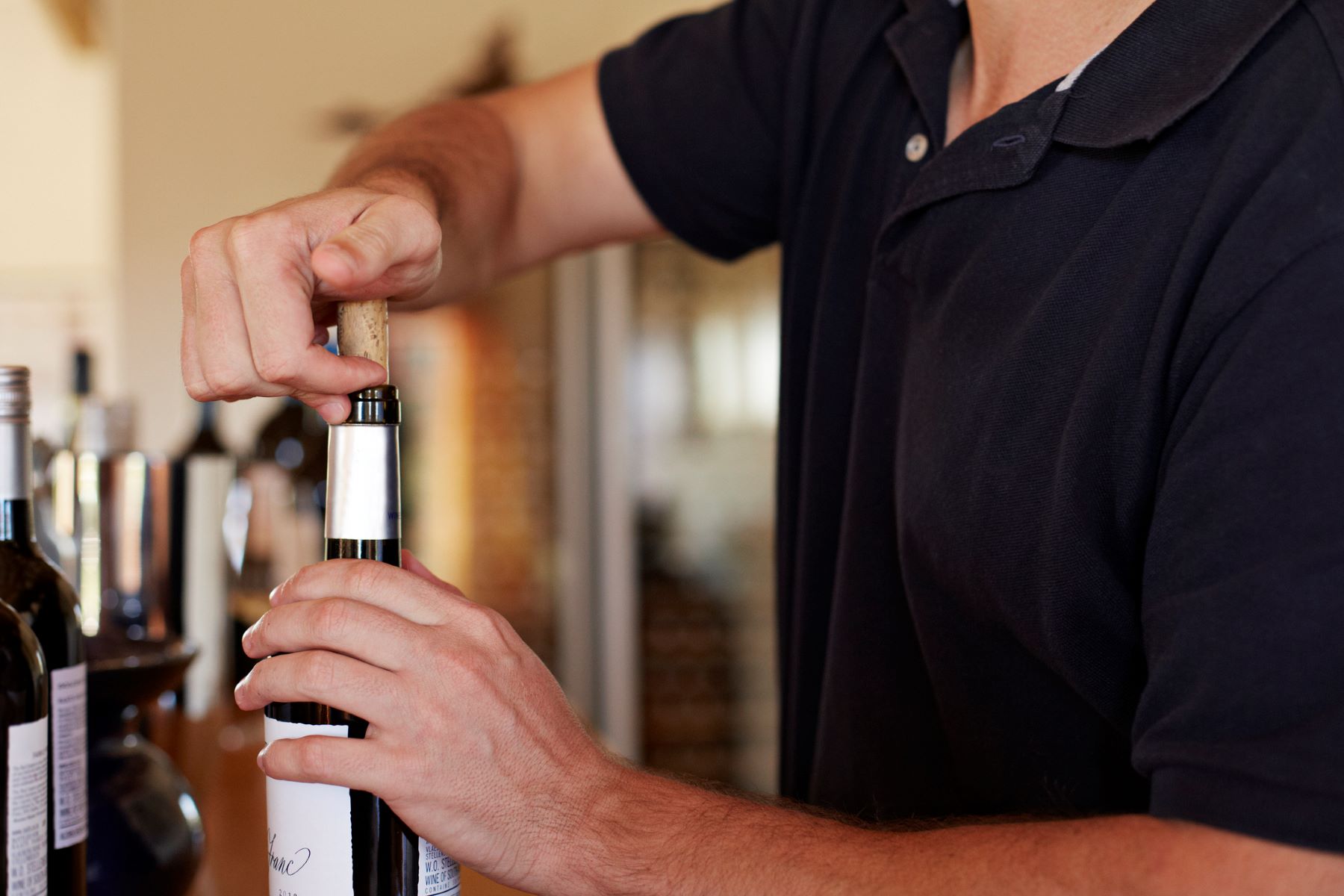
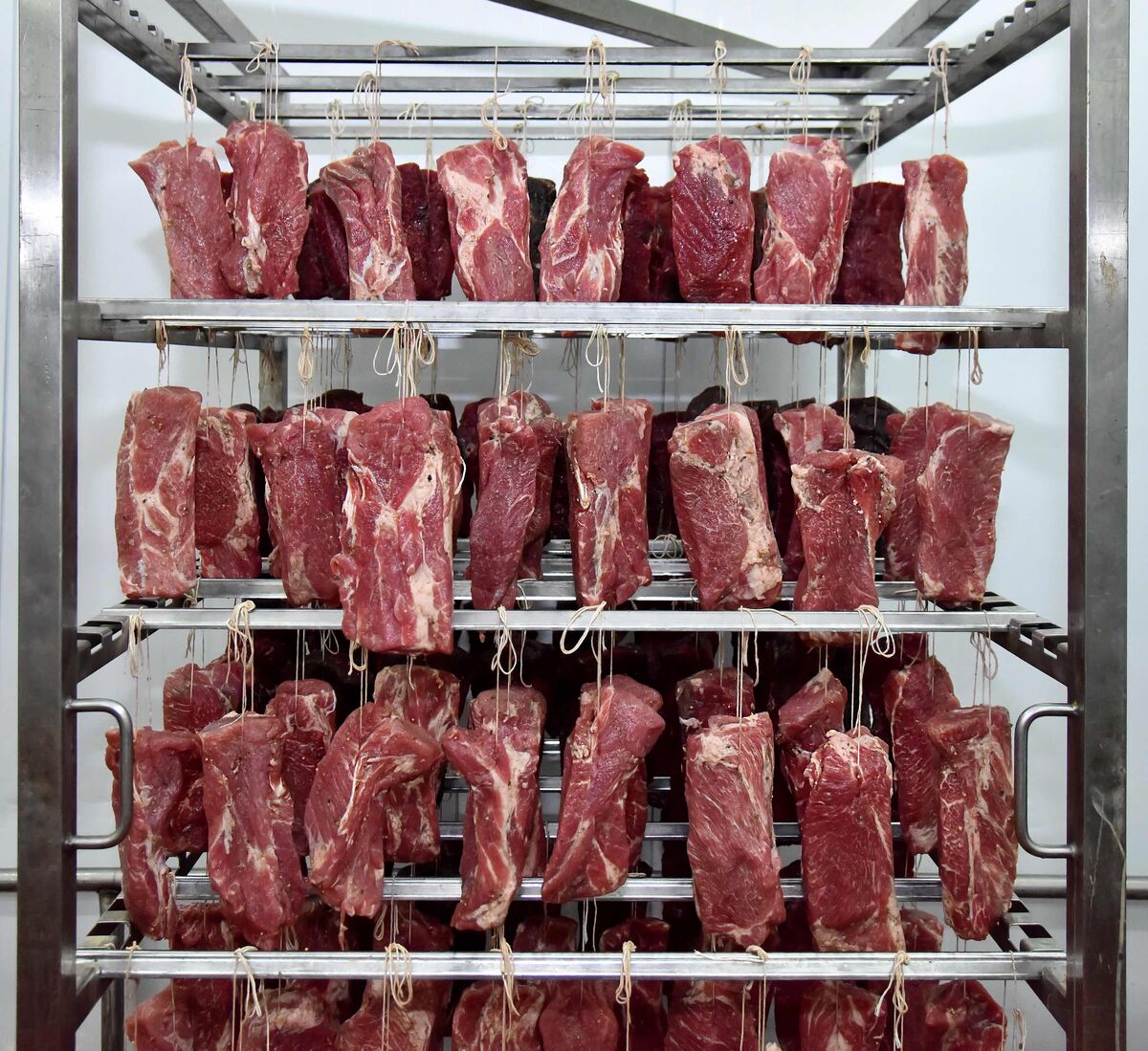
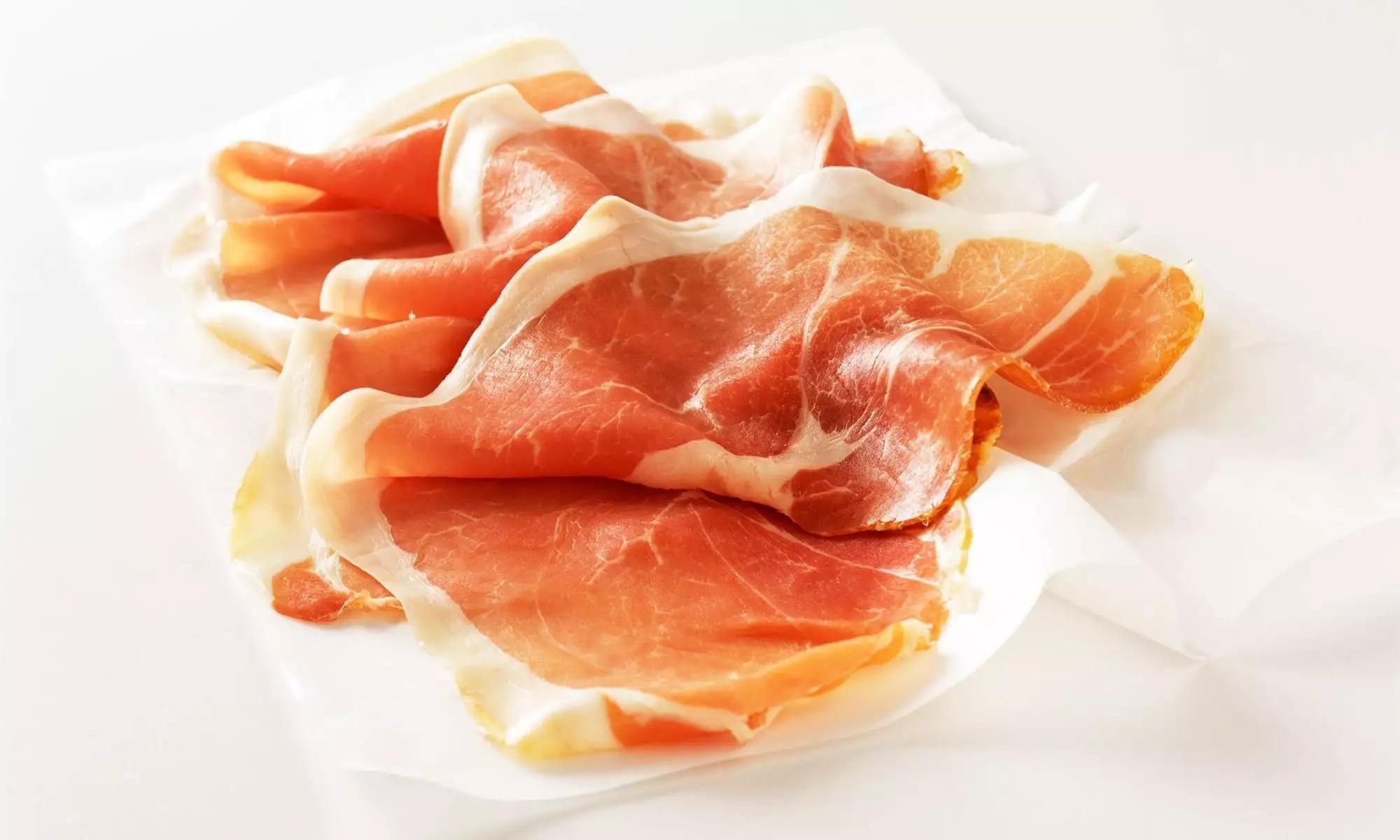
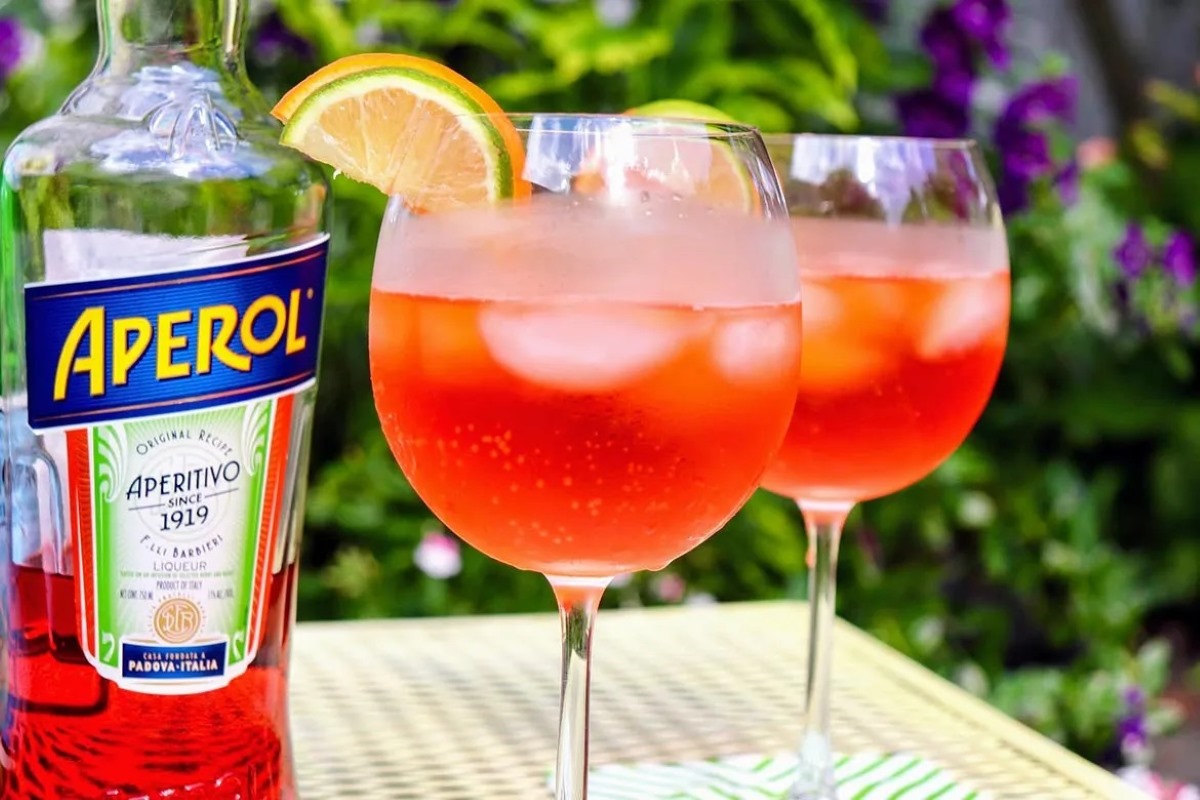
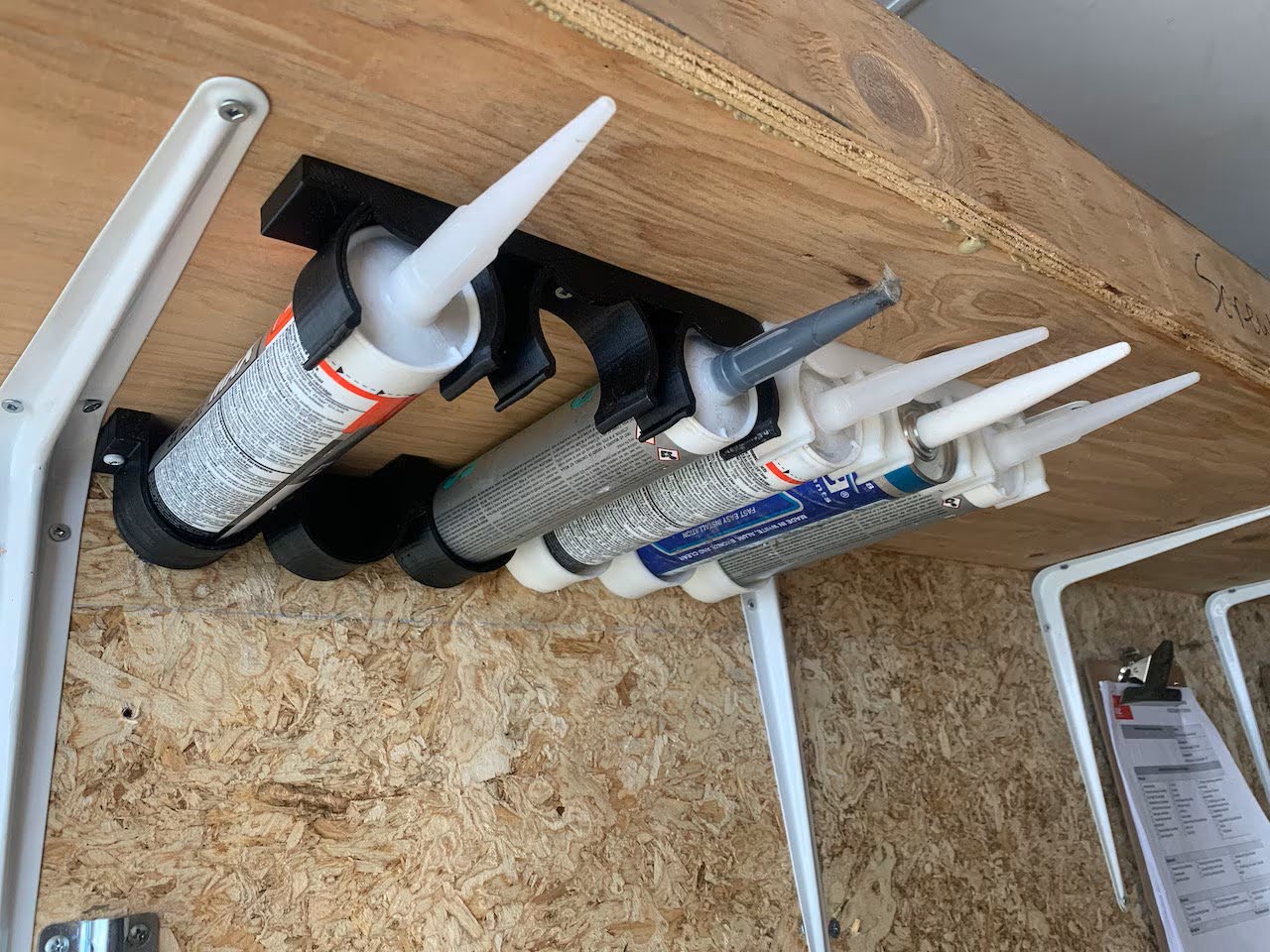
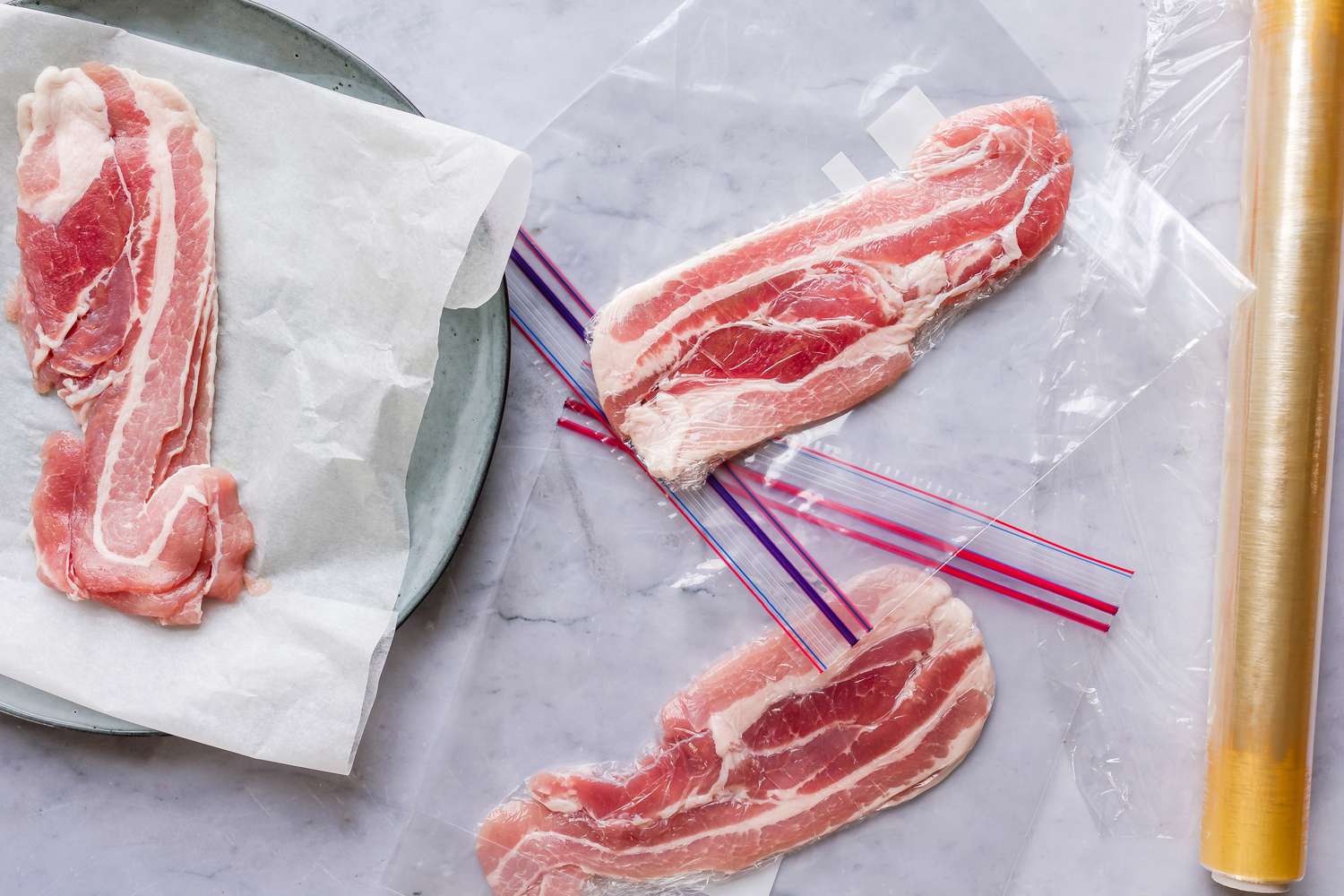

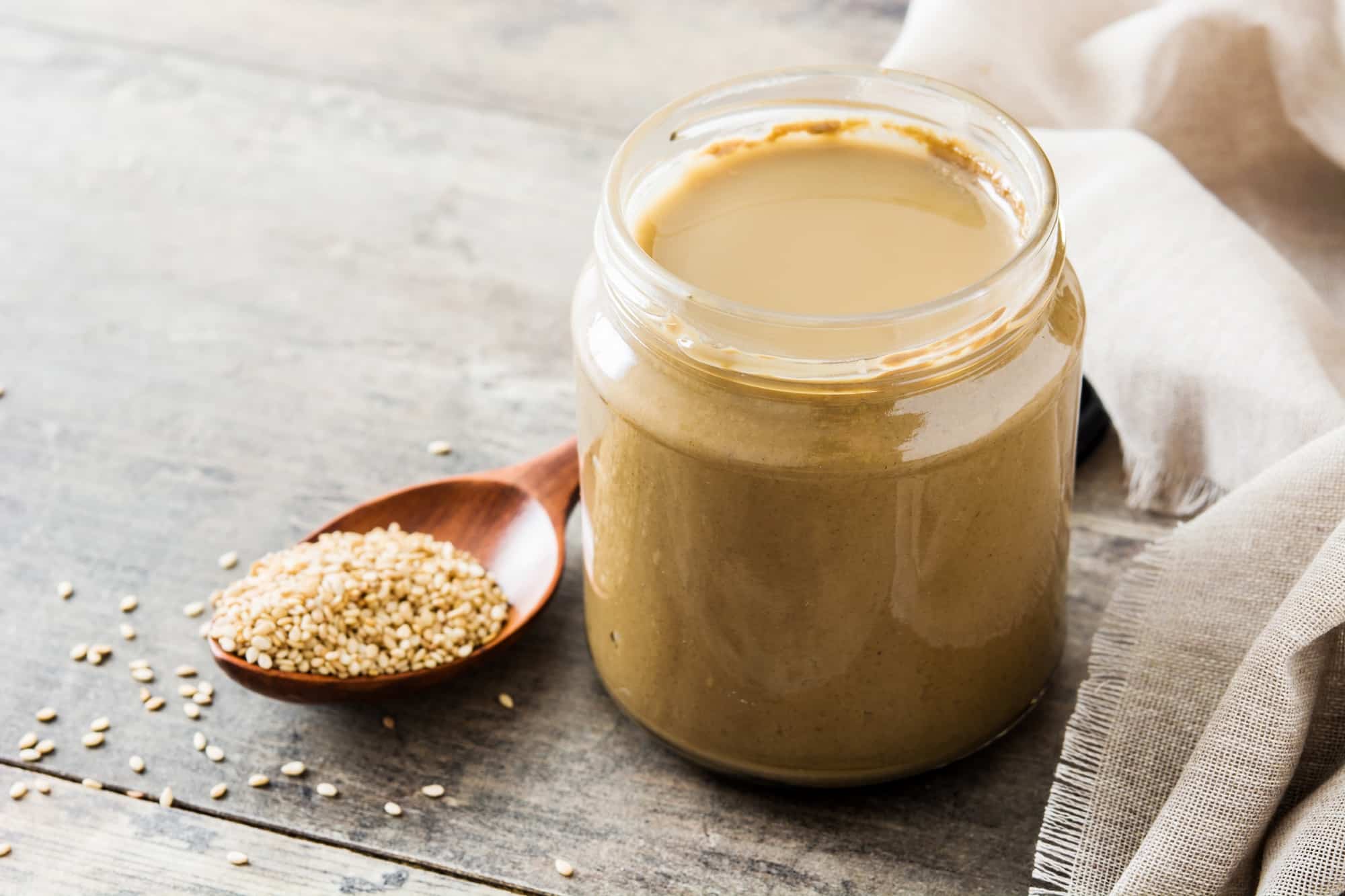
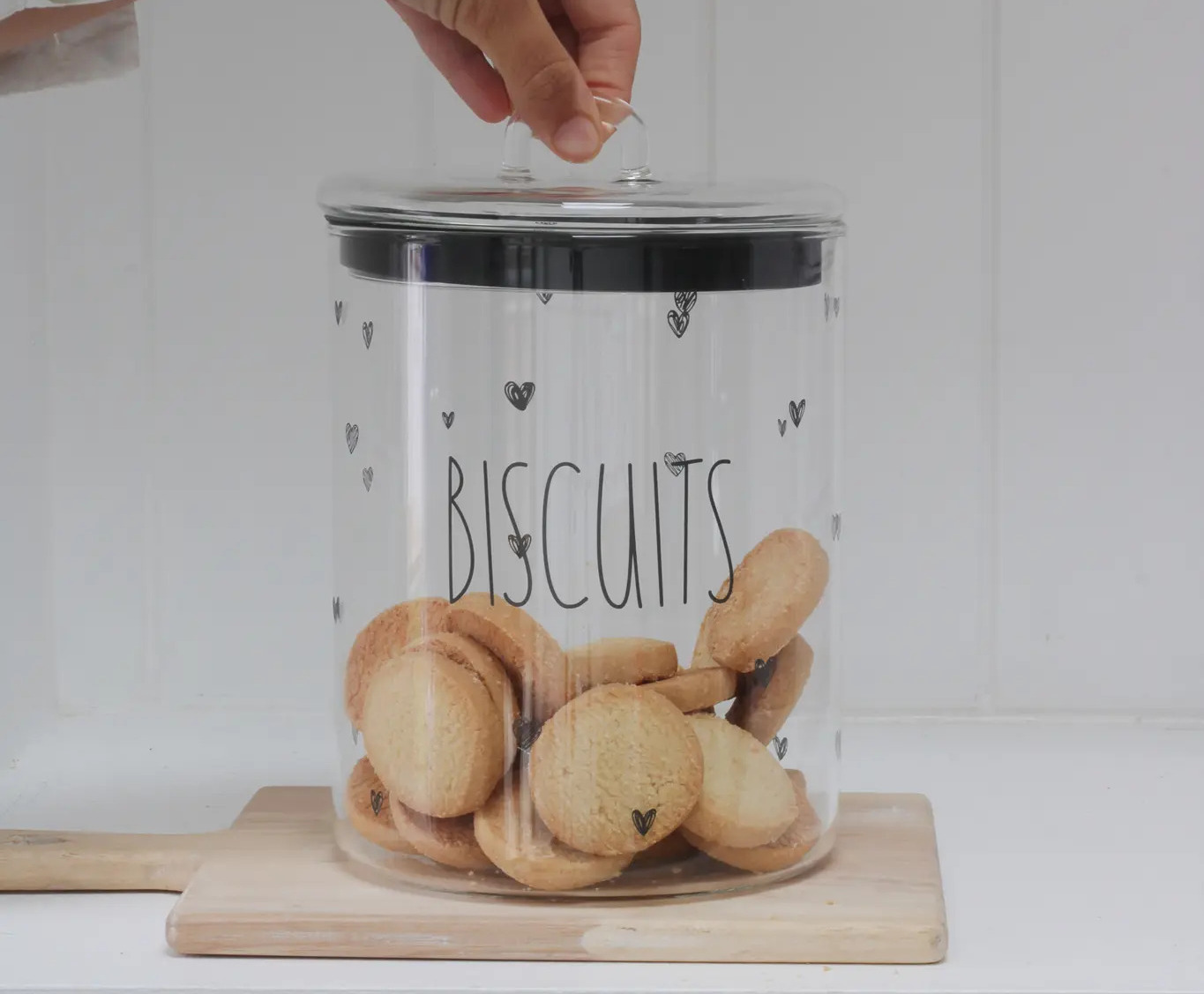
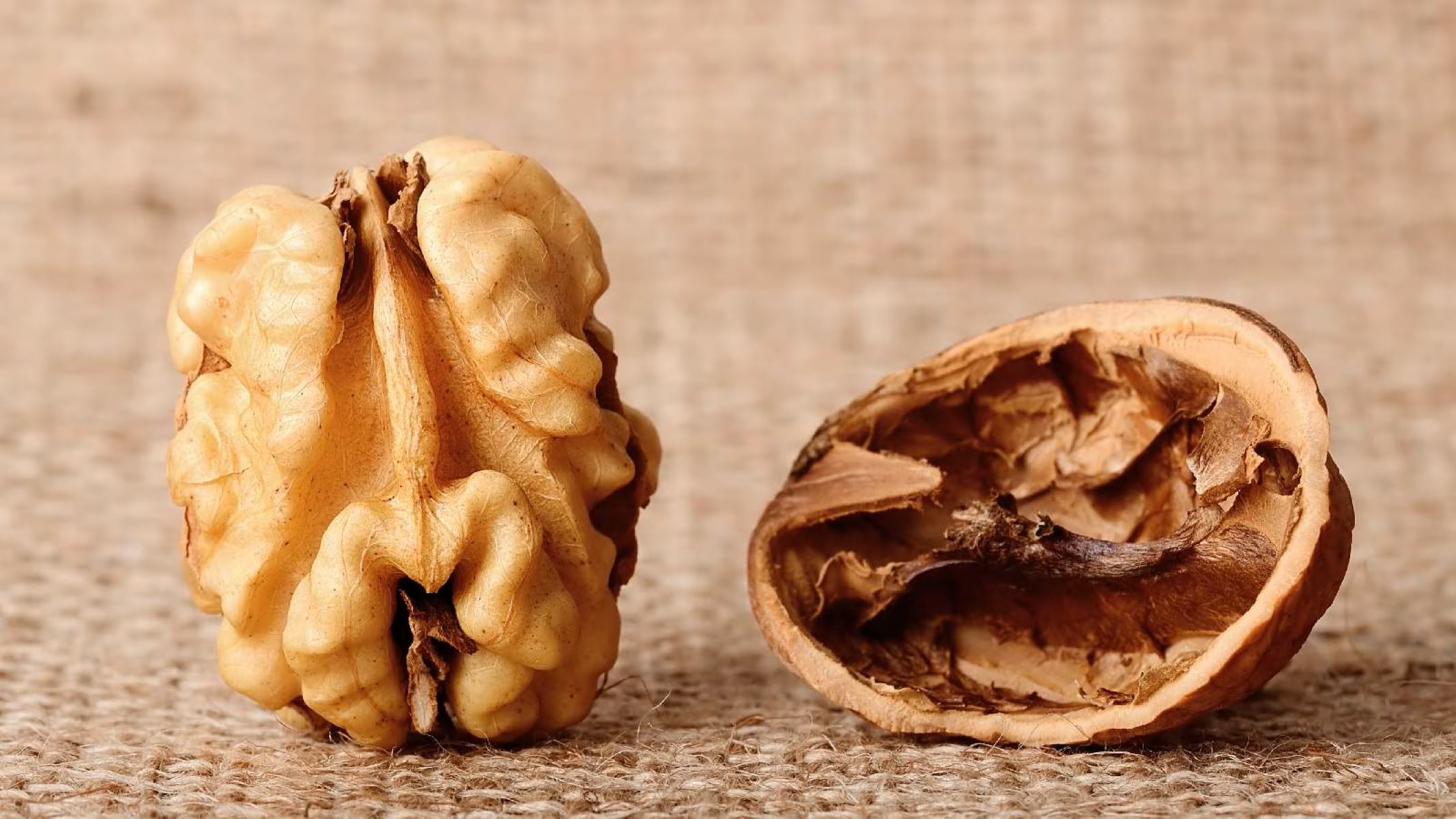

0 thoughts on “How To Store Cabernet Sauvignon After Opening”